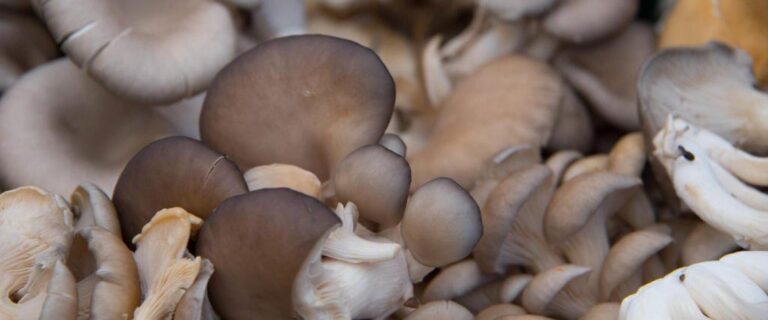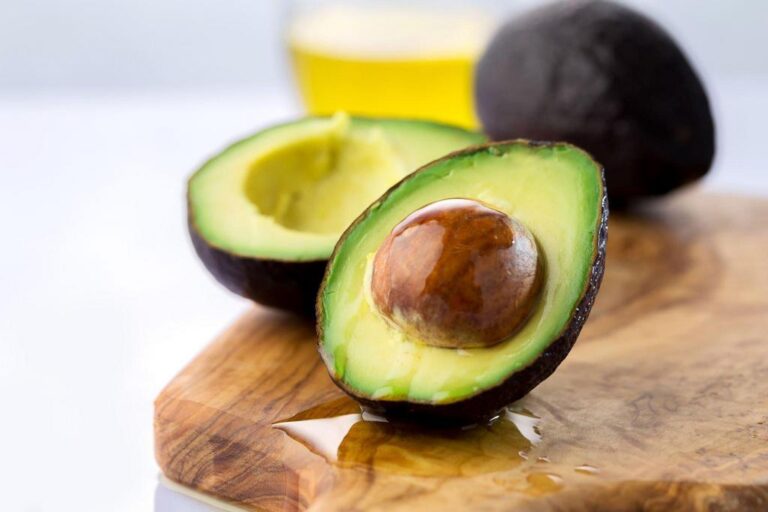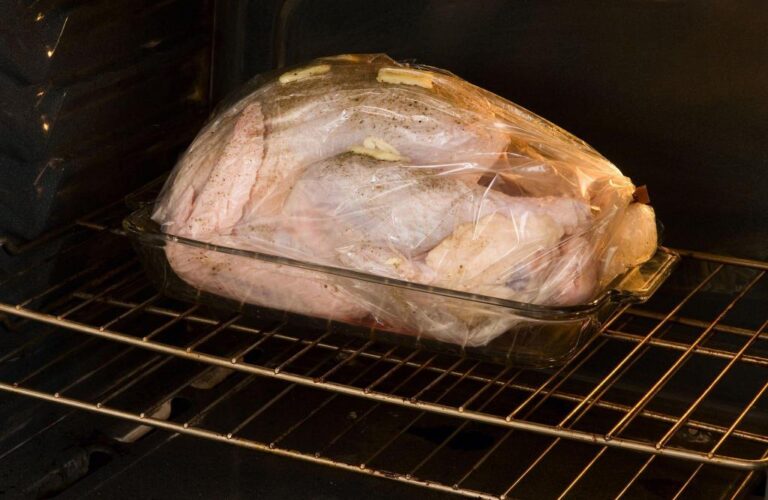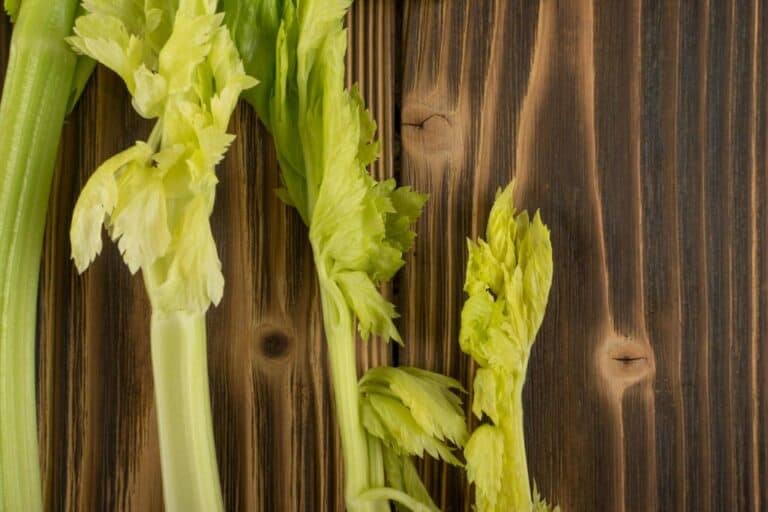The Benefits of Plastic Food Packaging for Both Customers and Environment
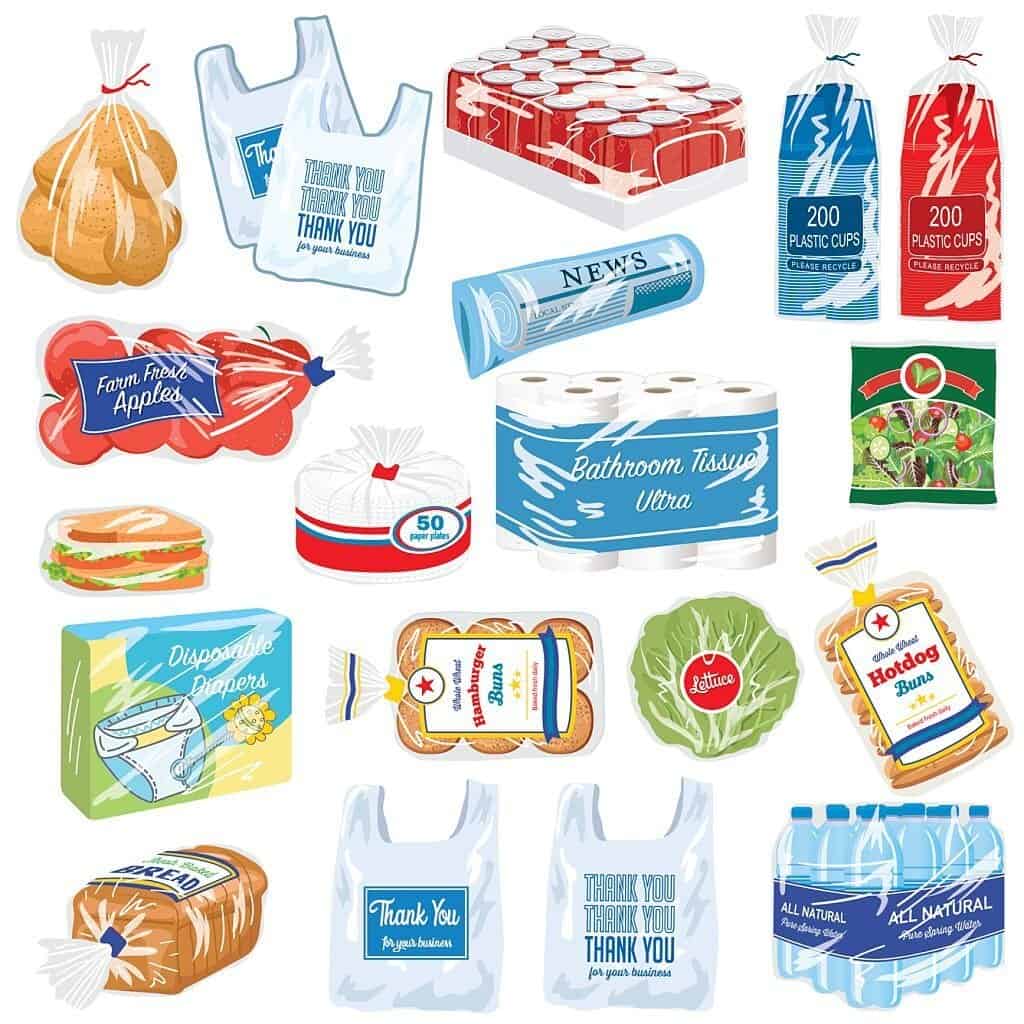
From condiments to fresh meats, frozen vegetables to dried pasta, plastic food packaging comes in many different forms and serves various purposes.
Plastic food packaging has benefits that go beyond its use as a simple box for shipping and storing goods. With today’s advanced technology and the growing need for more eco-friendly and sustainable solutions, plastic food packaging has come a long way.
Plastic makes it possible to store food in many different places and climates. It also keeps people safe, keeps food fresh, and even reduces waste.
In this article, you’ll learn about the many benefits of plastic food packaging for customers and the environment. While there are many environmental concerns surrounding plastic, there are many environmentally friendly alternatives that can be used for food packaging instead of plastic.
The Importance of Food Packaging
Food packaging is a very important part of the food industry because it helps keep food safe and fresh. Packaging helps keep food from getting dirty or going bad, and it keeps bacteria and other dangerous microorganisms from growing.
This is especially important for perishable foods, such as fresh fruits and vegetables, meats, and dairy products, which can easily spoil if not properly protected.
Food packaging is also an important part of keeping food’s taste and texture as long as possible. Packaging materials, such as plastic and foil, can help keep oxygen out, which can help prevent the food from becoming stale or losing its flavor. Packaging can also help to keep moisture out, which can prevent food from becoming soggy or mushy.
Another important function of food packaging is to provide information to consumers. Food packaging often includes labels and other information, such as ingredients, nutritional values, and expiration dates, which can help consumers make informed choices about the foods they purchase.
Overall, the importance of food packaging cannot be overstated. Food packaging helps to keep food fresh and safe and plays a critical role in preserving the flavor and texture of food. It also provides valuable information to consumers and helps prevent the spread of bacteria and other contaminants.
The Role of Plastic in Food Packaging
Plastic is a widely used material in the food packaging industry, and has several unique properties that make it an ideal choice for protecting and preserving food.
Plastic is lightweight, flexible, and strong, which makes it easy to transport and handle. It is also waterproof and airtight, which helps to keep moisture and oxygen out and prevent the growth of bacteria and other microorganisms.
One of the main advantages of plastic in food packaging is its versatility. Plastic can be molded into a wide range of shapes and sizes, which makes it ideal for packaging a variety of different food products.
For example, plastic containers can be used to package fresh fruits and vegetables, meats, dairy products, and other perishable foods. Plastic bags and wraps can be used to package dry goods, such as grains, nuts, and snacks. And plastic bottles and cans can be used to package liquids, such as beverages and sauces.
Another advantage of plastic in food packaging is its durability. Plastic is strong and flexible, and it can withstand the rigors of transportation and storage without tearing or breaking. This means that plastic packaging can help protect the quality and safety of food products, and can extend their shelf life.
Type of Plastic for Food Packaging
In the United States, the type of plastic used for food packaging is typically polyethylene terephthalate (PET). PET is a strong, light plastic that can’t be broken down by either chemicals or physical damage. PET is also FDA-approved for food contact.
High-density polyethylene (HDPE) and low-density polyethylene (LDPE) are two other plastics that are often used to package food. HDPE is a tough, rigid plastic that is resistant to environmental stressors like UV light and extreme temperatures. LDPE is a softer, more flexible plastic that is often used for food wraps and bags.
While all of these plastics are considered safe for food contact, it’s important to recycle them properly after use. Most types of plastic can be recycled through your local municipality’s recycling program.
Polybutylene adipate terephthalate (PBAT) and polybutylene succinate (PBS) are two environmentally friendly plastics that are becoming more popular.
PBAT is a type of biodegradable plastic that is made from renewable resources like corn starch or sugar cane. PBS is also a biodegradable plastic, but it is made from fossil fuels like natural gas or crude oil. Both PBAT and PBS are less damaging to the environment than traditional plastics because they can be broken down by bacteria and other microorganisms.
| While PBAT and PBS are better for the environment than traditional plastics, they still have some drawbacks. PBAT and PBS still contain chemicals like BPA, phthalates, and bisphenol A (BPA) that can be harmful to humans. |
The Benefits of Plastic Food Packaging
Plastic food packaging has many benefits that make it an ideal choice for food storage and transportation. It is easy to ship and handle because it is strong, doesn’t break easily, and doesn’t absorb water. Additionally, plastic packaging is clear, so customers can easily see the product inside.
Below are some of the many benefits of using plastic for food packaging:
Food Safety and Protection from Contamination:
Foods are being shipped from all over the world to your local grocery store, and people are starting to worry about how fresh they are when they get there.
Foods that come in plastic packaging stay fresh while they are being stored and moved. Fresh food, drinks, and even dairy products can be shipped long distances in plastic packaging and stay fresh. This keeps bacteria and foodborne illnesses away from the consumer.
Maintain Food Quality:
Plastic packaging keeps food safe from bacteria and spoilage, and it also helps keep the food’s quality.
Freezer bags, for example, protect foods against freezer burn and ice crystals. Plastic packaging also keeps out moisture and oxygen, which can make food taste bad if it gets too much of either.
By protecting and sealing food in plastic packaging, it keeps its taste, texture, and other good qualities.
Keeping Fresh Longer & Shelf Life:
Today’s consumers are often concerned with many foods’ shelf lives, as foods that stay fresher for longer periods of time are more convenient options that can also help reduce food costs.
Foods like beer, ketchup, and milk can stay fresh longer because of new technology in plastic packaging, like multilayer package applications.
A controlled ratio of carbon dioxide to oxygen is needed to keep many foods fresh, like cooked poultry and baked goods. Modified atmospheric packages keep such ratios at optimum levels to extend shelf life.
Reduced Waste:
Overall, food waste is reduced because of the combination of improved safety, food quality, and shelf life made possible by plastic food packaging.
Keeping food fresher for longer reduces the amount of food that is thrown out simply because it sits on the shelves for too long. Food that is packaged in plastic keeps its quality and keeps it from going bad, so you don’t have to throw it away because the taste or texture changes.
As plastic technology continues to advance, so will our food. It will continue to improve while keeping customers happy and healthy.
Lightweight and Easy to Transport
Plastic food packaging is beneficial because it is lightweight and easy to transport. This type of packaging is ideal for products that need to be shipped long distances, as it reduces the overall weight of the shipment.
Additionally, plastic packaging takes up less space than other types of packaging, making it more efficient to store and transport.
Cost Effective
Finally, plastic food packaging is cost-effective. When compared to other materials like glass or metal, plastic is much less expensive to produce. This makes it an attractive option for companies looking to minimize their packaging costs.
Disadvantages of Plastic Food Packaging
Plastic food packaging has several disadvantages that should be considered before using it. One disadvantage is that plastic is not biodegradable, so it stays in landfills for years after being thrown away. This means that it takes up valuable space in landfills, and also pollutes the environment.
Some of the problems with using plastic as the main material for food packaging are listed below:
Poor Longevity
Plastic food packaging has a number of disadvantages, among them its poor longevity. Plastic degrades over time, becoming brittle and cracked.
This can lead to food spoilage and contamination. Plastics won’t last as long as other types of packaging. This can be a problem if you’re trying to store food for a long period of time.
Absorbs Flavors and Smells Easily
Another disadvantage of plastic food packaging is that it absorbs flavors and smells easily. This can be a problem if the food being stored in the plastic packaging has a strong flavor or smell, as it may transfer to the plastic.
Additionally, plastic packaging is not always airtight, which can cause certain foods to spoil more quickly.
Leach Chemical Into Food
Another disadvantage of plastic food packaging is that it can leach chemicals into food. This is especially a concern with older or damaged plastic containers. The chemicals can cause health problems, such as cancer or birth defects.
Plastic food packaging has been linked to a number of health concerns. Chemicals can leach out of the plastic and into the food, which can then be consumed by people. This can lead to a number of health problems, including cancer and reproductive issues.
There are a few ways to avoid these health risks. One is to choose plastic containers that are marked “BPA free” or “PVC free.” Another consideration is that heating food in plastic containers can increase the amount of chemicals leached out.
Environmental and Health Impacts
One of the biggest disadvantages is the environmental and health impact that plastic has. Plastic packaging is made from petroleum, which is a non-renewable resource, and it can take hundreds of years to break down in the environment.
This means that every piece of plastic ever made exists today in some form. Plastic also often contains harmful chemicals like BPA and phthalates, which can leach into food and cause health problems.
Environmentally Friendly Plastics
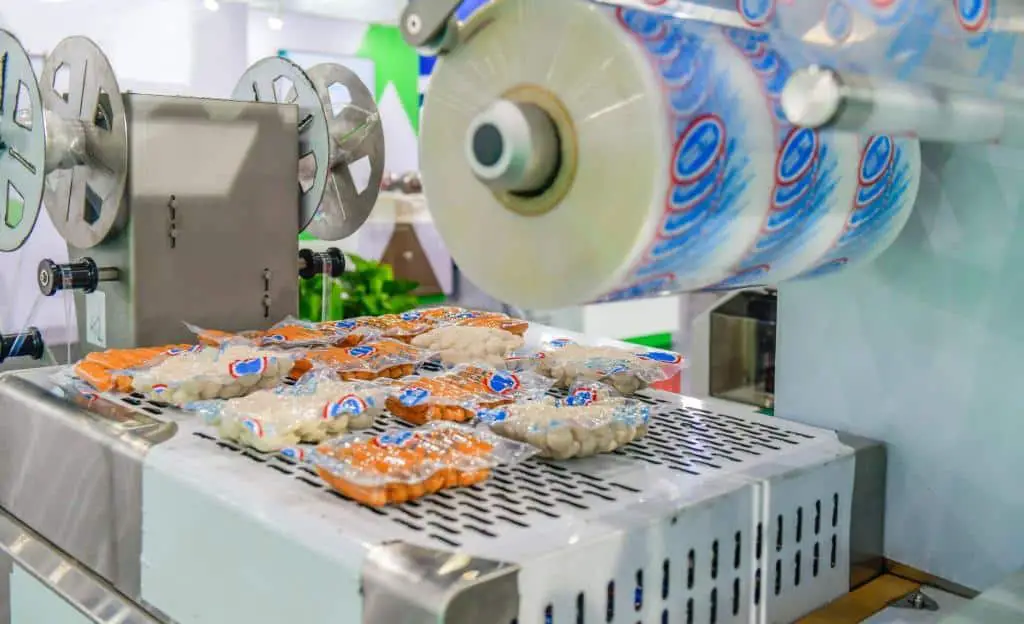
In our never-ending quest to be more eco-friendly, many of us have started using reusable water bottles and shopping bags. But what about the plastic that’s already out there? Is it possible to find plastics that are good for the environment?
As it turns out, there is! There are a few different types of plastic that are better for the environment than others. One type is called “biodegradable plastic.” This kind of plastic breaks down over time and doesn’t release harmful chemicals into the ground or water.
Another type of eco-friendly plastic is called “recycled plastic.” This is exactly what it sounds like – plastic that has been used before and then recycled into new products.
What Can We Use Instead of Plastic Packaging?
Plastic packaging is one of the biggest environmental problems we face today. It takes centuries to degrade, and in the meantime, it clogs our landfills and pollutes our oceans. The good news is that there are many sustainable alternatives to plastic packaging that are just as effective and often more affordable.
Here are some of the best options for sustainable food packaging:
1. Glass containers: Glass is one of the most sustainable materials out there. It’s 100% recyclable, doesn’t leach chemicals into food, and can be reused over and over again.
2. Metal containers: Like glass, metal containers can be recycled indefinitely without losing quality. They’re also great for storing food since they don’t leach chemicals like some plastics can.
3. Paperboard packaging: If you are looking for a more eco-friendly and affordable alternative to plastic, seek out paperboard packaging. It’s also much lighter than plastic and can be recycled indefinitely.
4. Clamshell packaging: Clamshell packaging is a great option for foods that need to be refrigerated and can’t be used in microwave ovens. It’s also nice since it’s reusable and compostable..
5. Hand-bagged. If you are looking for a more eco-friendly and affordable alternative to plastic, seek out hand-bagged foods. They are also a lot easier to carry around in your bag or on the go.
Final Thoughts
In conclusion, plastic food packaging has many benefits that make our lives easier. It is incredibly strong, lightweight, and tidy—easy to clean. Plastic packaging also helps keep food fresh and prevents spoilage. These benefits make plastic food packaging a convenient and practical choice for busy families.
While plastic food packaging has many advantages, there are also some disadvantages to consider. One downside is that plastic degrades over time.
Plastic packaging is one of the biggest environmental problems we face today. It takes centuries to degrade, and in the meantime, it clogs our landfills and pollutes our oceans.
The good news is that there are many sustainable alternatives to plastic packaging that are just as effective and often more affordable.


